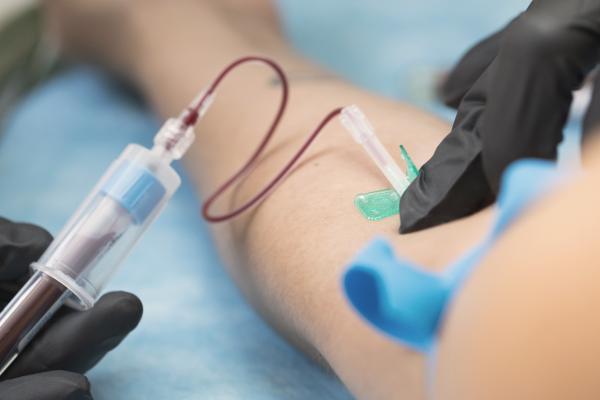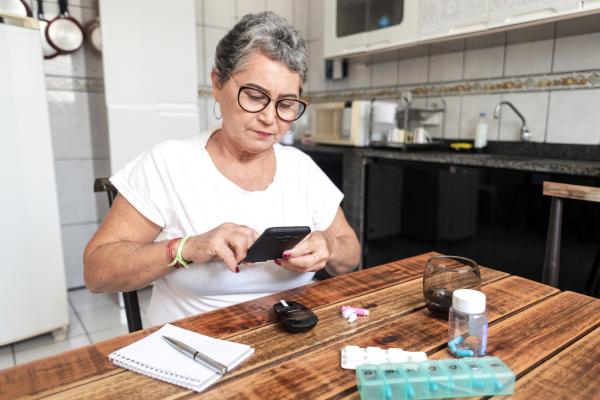
Dr. Tricia Tang reminds us that taking care of our emotional health, involving family in new routines and tackling changes gradually are great steps to living healthier with diabetes.
Q: What changes can I make in my everyday life that will help me better manage my diabetes?
A: First and foremost, everyone needs to make certain their emotional health and stress levels are well-managed because if you are distressed, depressed or anxious the first thing people tend to forget about is taking care of themselves. Only when you are emotionally anchored can you pay attention to making healthy dietary choices, exercising at least 150 minutes a week, regularly testing your blood sugar and taking diabetes medication as prescribed by your doctor. It may sound like a lot to do and if you feel that you are not able to do everything right now, start with the behaviour you feel most confident and motivated about changing.
Q: What are the warning signs or symptoms that my blood sugar is too high or too low? And what should I do if this happens?
A: If you are experiencing high blood sugar, common symptoms would include feeling thirsty, needing to go to the bathroom frequently, feeling hungry, unintentionally losing weight and feeling tired. To lower blood sugar it is important to exercise regularly, take your diabetes medication as directed by your doctor, make healthy dietary choices and check your blood sugar.
If you are experiencing low blood sugar, common symptoms would include feeling confused, dizzy or shaky, being irritable, having sudden changes in mood or having a very fast heartbeat. You may have some symptoms that are not as common that you always have when you are low. Pay attention to your feelings and treat your low blood sugars as needed. To treat low blood sugar, you may consider drinking half a cup of fruit juice or full sugar soda, taking three or four glucose tablets or consuming a tablespoon of sugar or honey.
If you are doing all of these things, but your blood sugars are still too high or too low, you should call your doctor, even if this is between appointments.
Q: How often should I be seeing my doctor to optimize my diabetes management?
A: Generally, people who are using insulin should see their doctor every three to six months. People who are taking diabetes medication or pills should see their doctor every six to 12 months. However, everyone is different and your doctor may want to see you more or less, depending on your health and treatment plan.
Q: My spouse has been diagnosed with pre-diabetes. What can they do to turn things around and avoid a diabetes diagnosis?
A: Getting diagnosed with pre-diabetes can feel overwhelming for everyone in a family. The good news is that it is the perfect time to take charge of your future. There was a landmark research study called the Diabetes Prevention Program (DPP) that was conducted across the United States with people of all ages and ethnic backgrounds. The DPP showed that people who are at high risk for developing type 2 diabetes can prevent or delay onset of the disease by losing a modest amount of weight—seven per cent of their original body weight. The safest way to lose weight is through lifestyle change. These lifestyle changes include doing 30 minutes of moderate to vigorous exercise per day, five days per week and making healthy dietary choices.
It can be helpful to develop new habits as a family because if everyone in the household starts cooking healthier, practices portion control, stays active and motivates each other to maintain these habits, then the whole family’s health and quality of life will improve.



